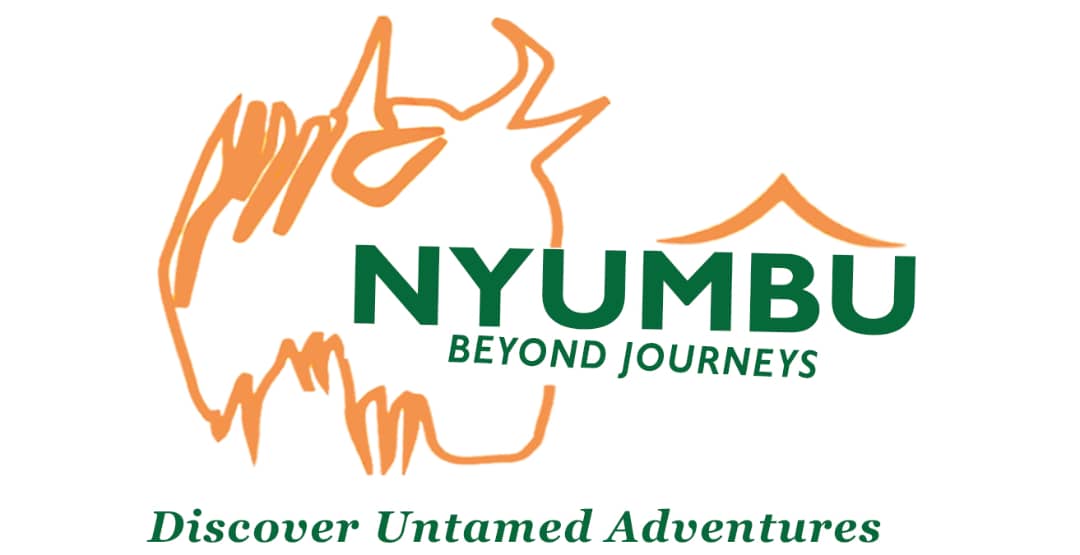About
We pride ourselves on our passion for East Africa, her animals, wild spaces and Culture, amazing people.

© Copyright 2025 Nyumbu Beyond Journeys. All Rights Reserved
A migration safari offers an exclusive opportunity to see wildlife up close. Every year, over a million wildebeests embark on a challenging search for food and water, navigating through crocodile-filled waters along the way. It’s a real-life drama of nature, and you’ll have a front-row seat.
With an experienced guide by your side, you’ll spend your days tracking these magnificent animals across the plains. Come nightfall, you’ll relax in comfortable, well-equipped campsites. This journey isn’t just about the wildebeests; it’s a full-on wildlife extravaganza. You’ll get to see all sorts of animals, from lions and cheetahs on the prowl to an amazing variety of birds overhead. It’s a chance to get up close with nature’s diversity, making your safari experience even richer and more exciting.
Embark on a Journey of Awe: Great Migration Safaris in East Africa. Immerse yourself in the world’s grandest natural spectacle in the world: the Great Migration. This natural annual event is a mesmerizing odyssey undertaken by over 1.4 million wildebeest and countless zebras — a breathtaking testament to nature’s rhythms. Migrating from Tanzania‘s Serengeti to Kenya‘s Masai Mara, the Great Migration is truly a spectacle to experience.
While the iconic river crossings are its hallmark, migration safaris offer an intricate tapestry of experiences beyond imagination. Our migration safaris unveil the journey’s intricacies — from the dramatic pursuit of nourishing lands to the seasonal ebb and flow that directs this timeless spectacle.
Each chapter of the migration saga — unfolding in a pattern throughout the months — presents unique encounters. Witness the lush expanse of calving season or the anticipation of perilous river crossings. Prepare to be captivated by the raw power and unyielding tenacity of life on the move and let our seasoned Travel Planners craft your migration safari package, transforming your African dreams into an unforgettable reality.
The Great Wildebeest Migration is an annual spectacle in East Africa. This occurs mainly between Tanzania’s Serengeti National Park and Kenya’s Masai Mara National Reserve.
It’s a huge event. Over two million animals, like wildebeest and zebras, travel far and wide.
They’re always looking for fresher, greener places to eat. The animals move in a big circle throughout the year.
This is because they follow the rain to find the best food. People love to watch this, and many come from far away to see all the animals moving in a grand display of nature.
The Great Wildebeest Migration happens all year round. But when you see it depends on where you want to go. Usually, the best time is between July and September. The animals cross the Grumeti and Mara Rivers in Tanzania and Kenya during these months.
It’s a huge event. Over two million animals, like wildebeest and zebra, you can see the herds cross rivers, maybe see them meet predators, and watch as they fill the grasslands. But other times are good to visit too. In February and March, you can see baby wildebeests being born. And from April to June, you can watch many birds in the Serengeti.
A safari trip to see the Great Wildebeest Migration is like seeing a giant move of millions of wildebeest, zebras, and antelope across the large grasslands in East Africa. You can watch the herds cross rivers in Kenya and Tanzania, taking on dangerous crocodile-filled waters to find better places to eat. You’ll also see animals like lions, hyenas, and cheetahs following the herds, leading to exciting moments between the hunters and the hunted
The primary parks and reserves that offer the opportunity to experience the Great Wildebeest Migration are Tanzania’s vast Serengeti National Park and Kenya’s Masai Mara National Reserve. The Mara River connects the two areas—one of the migration’s main river crossings—and encompasses a combined area providing a vast, rich habitat for migratory animals and wildlife enthusiasts. Other nearby parks and reserves, such as Kenya’s Amboseli National Park and Tanzania’s Ngorongoro Conservation Area, can significantly add to your safari, further enhancing your wildlife experience.
Although the Great Wildebeest Migration is a continuous phenomenon, predicting its progress’s exact location and timing can be difficult due to different aspects, such as rainfall patterns. To optimize your chances of witnessing the migration, working with a knowledgeable local safari operator is of paramount importance.
They possess invaluable insight into the animals’ movement, the regions’ unique weather circumstances, and the best spots for wildlife watching. Booking your safari during the peak season can also enhance your chances of seeing dramatic river crossings and the herds in full splendour.
The Great Wildebeest Migration safari can also be a thrilling, educational, and unforgettable experience for children. Family-friendly lodges and accommodations throughout the parks and reserves cater to young travellers. Many lodges offer special family programs, activities, and modified game drives to keep young adventurers engaged and entertained.
However, be prepared for long game drives and the possibility of witnessing intense wildlife events, such as predator-prey encounters. It’s essential to assess your children’s interests and abilities prior to embarking on such a safari.
Various accommodation options cater to multiple tastes and budgets during a Great Wildebeest Migration safari. From luxury lodges and tented camps offering lavish facilities and personalized services to budget-friendly campsites and more basic lodgings, there is something for everyone. Some accommodations even reposition themselves seasonally to remain close to the migration, providing their guests with optimal wildlife viewing opportunities from the comfort of their lodges or camps.
Embarking on a Great Wildebeest Migration safari in East Africa is generally safe, provided you adhere to the guidelines set by your safari operator and the park authorities. The trained guides and knowledgeable local tour operators prioritize their guests’ safety and ensure best practices throughout the safari.
It’s important to remember that you’ll be near wild animals; thus, following instructions and avoiding unnecessary risks is crucial. Always ensure you have updated travel documents, relevant vaccinations, and recommended medications to protect yourself from potential health risks associated with travel.
To truly immerse yourself in the Great Wildebeest Migration experience, consider planning a safari that lasts between 7 and 10 days. This duration allows ample time to explore different regions of the Serengeti National Park or the Masai Mara National Reserve, ensuring you can witness various aspects of the migration, such as river crossings or predator encounters. A longer safari combines the migration experience with other activities, such as visits to local villages or parks.
Going on a safari to see the Great Wildebeest Migration is a beautiful opportunity for photographers and people who love wildlife. It’s a special event that’s truly impressive. The landscapes are beautiful and vast, with massive groups of animals. This makes the African wilderness look amazing. Photographers get a great chance here to take striking pictures.
Wildlife enthusiasts can revel in species diversity and delight in rare encounters with elusive animals in the region. The migration is a once-in-a-lifetime spectacle that offers incredible memories and unforgettable experiences for anyone passionate about the natural world.
Speak to an East African safari specialist to start planning your Unique Hand-crafted Journeys.
Call one of our experts or arrange a video appointment for ideas and advice.
We pride ourselves on our passion for East Africa, her animals, wild spaces and Culture, amazing people.

© Copyright 2025 Nyumbu Beyond Journeys. All Rights Reserved
